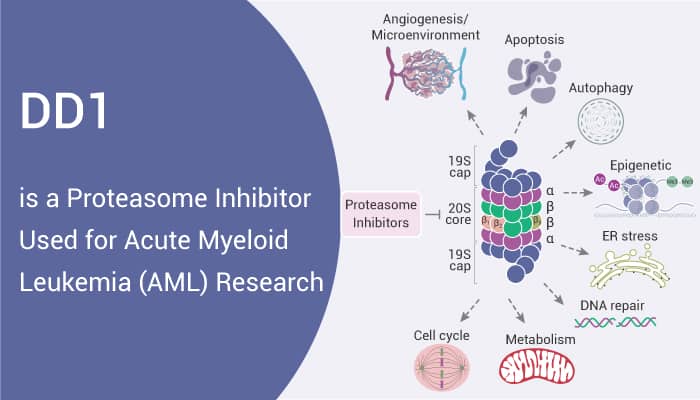Acute myeloid leukemia (AML) is clinically and genetically heterogeneous hematopoietic cancer. Leukemia cells are unable to undergo growth arrest and terminal differentiation. The conventional chemotherapeutic approach for AML contains a combination of anthracycline with cytarabine. However, due to either refractory to front-line therapy or subsequent relapse, AML remains a challenging disease.
Many compounds, such as tyrosine kinase inhibitors, farnesyltransferase inhibitors, histone deacetylase inhibitors, and deoxyadenosine analogs, these compound are in clinical development now. some natural compounds also contribute to the development of AML treatment. numbers of literature indicate that natural compounds exhibit antitumor activity. The flavonoids quercetin and flavopiridol can induce cell apoptosis caspase-dependent and -independent mitochondrial cell death pathways.
Flavopiridol is being evaluated in Phase I clinical trials in poor-risk. However, most patients show side effects such as short-duration neutropenia, diarrhea, and cytokine release syndrome. As a result, the development of less toxic pro-apoptotic compounds is thus required.
In this article, we will introduce a proteasome inhibitor DD1.

As a proteasome inhibitor, DD1 targets Bax activation and P70S6K degradation during acute myeloid leukemia (AML) apoptosis.
Besides, in U937 cells, DD1 shows antiproliferation activity in a dose- and time-dependent manner.
This compound can induce apoptosis in a caspase-dependent manner. It also induces mitochondrial membrane depolarization and Bad dephosphorylation. Additionally, DD1 shows an inhibitory effect on chymotrypsin-like activity in U937 lysates.
the novel flavone DD1 exhibits pro-apoptotic properties in human AML cell lines and blasts from AML patients.
DD1 promotes U937 cell apoptosis. At the same time, DNFAA, a backbone structurally similar to DD1, has no effect on U937 cell survival. DD1 promotes U937 cells apoptosis. At the same time, DNFAA, a backbone structurally similar to DD1, has no effect on U937 cell survival.
In summary, DD1 is a promising compound for AML research.
Reference:
[1]. Biochim Biophys Acta. 2013 Jun;1833(6):1316-28.